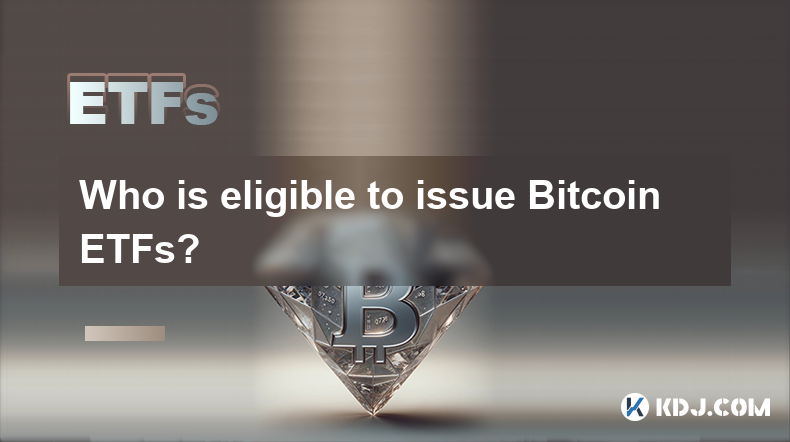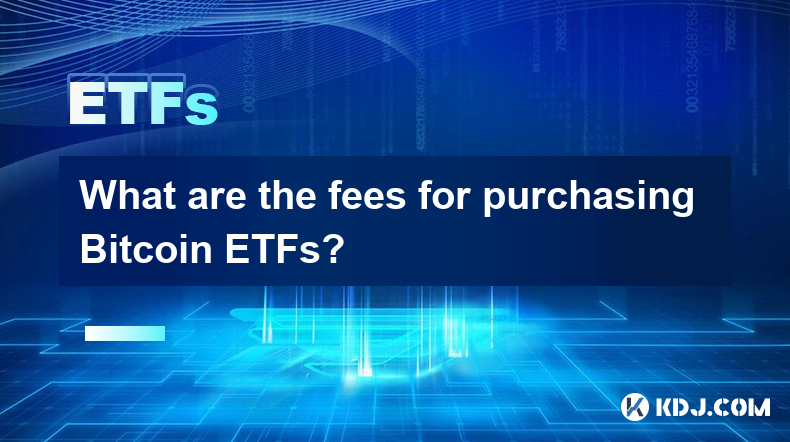-
 Bitcoin
Bitcoin $118300
-1.72% -
 Ethereum
Ethereum $3591
-0.69% -
 XRP
XRP $3.478
-3.53% -
 Tether USDt
Tether USDt $1.001
-0.01% -
 BNB
BNB $737.7
-0.54% -
 Solana
Solana $177.3
-2.40% -
 USDC
USDC $0.9999
-0.01% -
 Dogecoin
Dogecoin $0.2538
7.04% -
 TRON
TRON $0.3256
-0.85% -
 Cardano
Cardano $0.8332
-3.48% -
 Hyperliquid
Hyperliquid $44.80
-3.30% -
 Stellar
Stellar $0.4672
-6.09% -
 Sui
Sui $3.828
-5.98% -
 Chainlink
Chainlink $18.15
-3.41% -
 Hedera
Hedera $0.2655
-7.16% -
 Bitcoin Cash
Bitcoin Cash $517.5
-0.64% -
 Avalanche
Avalanche $23.89
-2.37% -
 Shiba Inu
Shiba Inu $0.00001519
-0.45% -
 UNUS SED LEO
UNUS SED LEO $8.973
0.13% -
 Toncoin
Toncoin $3.211
-2.54% -
 Litecoin
Litecoin $103.5
-3.58% -
 Polkadot
Polkadot $4.313
-3.90% -
 Uniswap
Uniswap $10.31
0.67% -
 Monero
Monero $325.4
-2.88% -
 Bitget Token
Bitget Token $5.049
3.51% -
 Ethena USDe
Ethena USDe $1.002
0.04% -
 Pepe
Pepe $0.00001346
-2.96% -
 Dai
Dai $0.9999
-0.02% -
 Aave
Aave $322.1
-2.93% -
 Bittensor
Bittensor $411.9
-4.70%
How to compare API interfaces of different platforms?
When evaluating API interfaces, thoroughly assess documentation, functionality, performance, security, and community support to make an informed decision that aligns with your specific requirements.
Jan 08, 2025 at 08:16 am

Key Points:
- Assessing API Documentation
- Evaluating API Features and Capabilities
- Testing API Performance
- Analyzing API Security Measures
- Considering User Reviews and Community Support
Comparing API Interfaces of Different Platforms
1. Assessing API Documentation:
- Thoroughness: Examine the completeness and clarity of the API documentation, ensuring it covers all necessary aspects of the interface.
- Organization: Evaluate the organization of the documentation, making sure it is easy to navigate and locate relevant information.
- Examples and Code Snippets: Check for the availability of code examples and sample API requests, which can simplify implementation and integration.
2. Evaluating API Features and Capabilities:
- Functionality: Determine the extent of the API's functionality, assessing whether it covers the desired tasks and operations.
- Scope and Limitations: Understand the scope of the API and its limitations, including any restrictions on usage or data accessibility.
- Extensibility: Evaluate the API's extensibility, exploring its support for additional features or integration with other platforms.
3. Testing API Performance:
- Response Time: Measure the response times of the API, both for simple and complex requests, to gauge its overall efficiency.
- Scalability: Test the API's scalability by simulating increased traffic and workload, ensuring it handles peak usage effectively.
- Reliability: Assess the reliability of the API by monitoring its availability and uptime, ensuring minimal disruptions or outages.
4. Analyzing API Security Measures:
- Authentication and Authorization: Review the API's security measures, verifying the methods used to authenticate and authorize users and protect sensitive data.
- Encryption: Examine the level of encryption used to protect data in transit and at rest, ensuring compliance with industry standards.
- Vulnerability Management: Assess the platform's approach to vulnerability management, including regular security audits and timely patching.
5. Considering User Reviews and Community Support:
- User Feedback: Read user reviews and testimonials to gain insights into the experiences and satisfaction levels of other API consumers.
- Community Involvement: Evaluate the level of community involvement and support, including documentation contributions and forum discussions.
- Technical Support: Assess the responsiveness and quality of technical support provided by the platform, ensuring timely assistance when needed.
FAQs:
- How do I choose the best API for my needs?
Consider the specific functionality you need, the platform's features and capabilities, and the API's performance, security, and support.
- What should I look for in API documentation?
Thoroughness, organization, examples, and clear explanations of API methods and parameters.
- How can I test the performance of an API?
Use tools like Postman or jMeter to measure response times, scalability, and reliability.
- What are the most important security measures to consider?
Authentication, encryption, vulnerability management, and compliance with industry standards.
- How do I find out about other users' experiences?
Read online reviews, join user forums, and engage with the platform's support team.
Disclaimer:info@kdj.com
The information provided is not trading advice. kdj.com does not assume any responsibility for any investments made based on the information provided in this article. Cryptocurrencies are highly volatile and it is highly recommended that you invest with caution after thorough research!
If you believe that the content used on this website infringes your copyright, please contact us immediately (info@kdj.com) and we will delete it promptly.
- TRX vs. RTX: Will Remittix Overtake Tron as the Altcoin to Watch in 2025?
- 2025-07-19 17:30:12
- Bitcoin, Nexchain, and Presales: What's Hot in the Crypto Space?
- 2025-07-19 16:30:12
- Presales, ICOs, and 100x Returns: Navigating the Crypto Landscape in 2025
- 2025-07-19 16:30:12
- Binance, Yooldo Games, and Tokens: Navigating the GameFi Landscape
- 2025-07-19 16:50:12
- Floki Inu, Meme Frenzy, and the Rise of AI Platforms: A New Era?
- 2025-07-19 16:50:12
- Dogecoin, Trader Interest, and the 2025 Meme Coin Landscape
- 2025-07-19 17:30:12
Related knowledge

What role does SEC play in Bitcoin ETF approval?
Feb 25,2025 at 06:48am
Key Points:SEC's Role in Bitcoin ETF Approval ProcessHistorical Efforts to Establish a Bitcoin ETFSEC's Criteria for Bitcoin ETF ApprovalPotential Imp...

Who is eligible to issue Bitcoin ETFs?
Feb 25,2025 at 11:13am
Key Points:Only regulated financial institutions with the necessary expertise and infrastructure are eligible to issue Bitcoin ETFs.The Securities and...

What impact does Bitcoin ETF have on the market?
Feb 25,2025 at 11:37am
Key Points:Introduction to Bitcoin ETFs and their role in the cryptocurrency marketHistorical development and performance of Bitcoin ETFsPotential ben...

Which investors are Bitcoin ETFs suitable for?
Feb 27,2025 at 04:01pm
Key Points:Understanding Bitcoin ETFsBenefits of Bitcoin ETFsSuitability of Bitcoin ETFs for Different InvestorsAssessing Risk Tolerance and Investmen...

What is the administrative expenses of Bitcoin ETFs?
Feb 26,2025 at 12:24am
Key Points:Administrative expenses are a crucial factor to consider when evaluating Bitcoin ETFs.These expenses can significantly impact the performan...

What are the fees for purchasing Bitcoin ETFs?
Feb 27,2025 at 07:13pm
Key Points:Bitcoin exchange-traded funds (ETFs) are a cost-effective and regulated way to gain exposure to Bitcoin.Fees associated with Bitcoin ETF pu...

What role does SEC play in Bitcoin ETF approval?
Feb 25,2025 at 06:48am
Key Points:SEC's Role in Bitcoin ETF Approval ProcessHistorical Efforts to Establish a Bitcoin ETFSEC's Criteria for Bitcoin ETF ApprovalPotential Imp...

Who is eligible to issue Bitcoin ETFs?
Feb 25,2025 at 11:13am
Key Points:Only regulated financial institutions with the necessary expertise and infrastructure are eligible to issue Bitcoin ETFs.The Securities and...

What impact does Bitcoin ETF have on the market?
Feb 25,2025 at 11:37am
Key Points:Introduction to Bitcoin ETFs and their role in the cryptocurrency marketHistorical development and performance of Bitcoin ETFsPotential ben...

Which investors are Bitcoin ETFs suitable for?
Feb 27,2025 at 04:01pm
Key Points:Understanding Bitcoin ETFsBenefits of Bitcoin ETFsSuitability of Bitcoin ETFs for Different InvestorsAssessing Risk Tolerance and Investmen...

What is the administrative expenses of Bitcoin ETFs?
Feb 26,2025 at 12:24am
Key Points:Administrative expenses are a crucial factor to consider when evaluating Bitcoin ETFs.These expenses can significantly impact the performan...

What are the fees for purchasing Bitcoin ETFs?
Feb 27,2025 at 07:13pm
Key Points:Bitcoin exchange-traded funds (ETFs) are a cost-effective and regulated way to gain exposure to Bitcoin.Fees associated with Bitcoin ETF pu...
See all articles

























































































